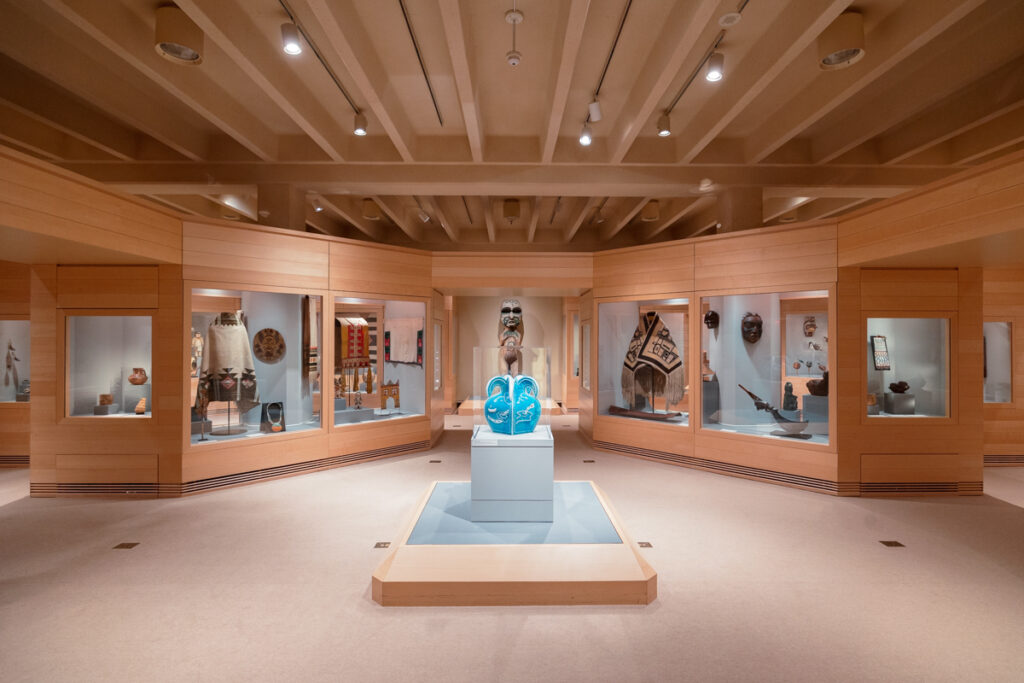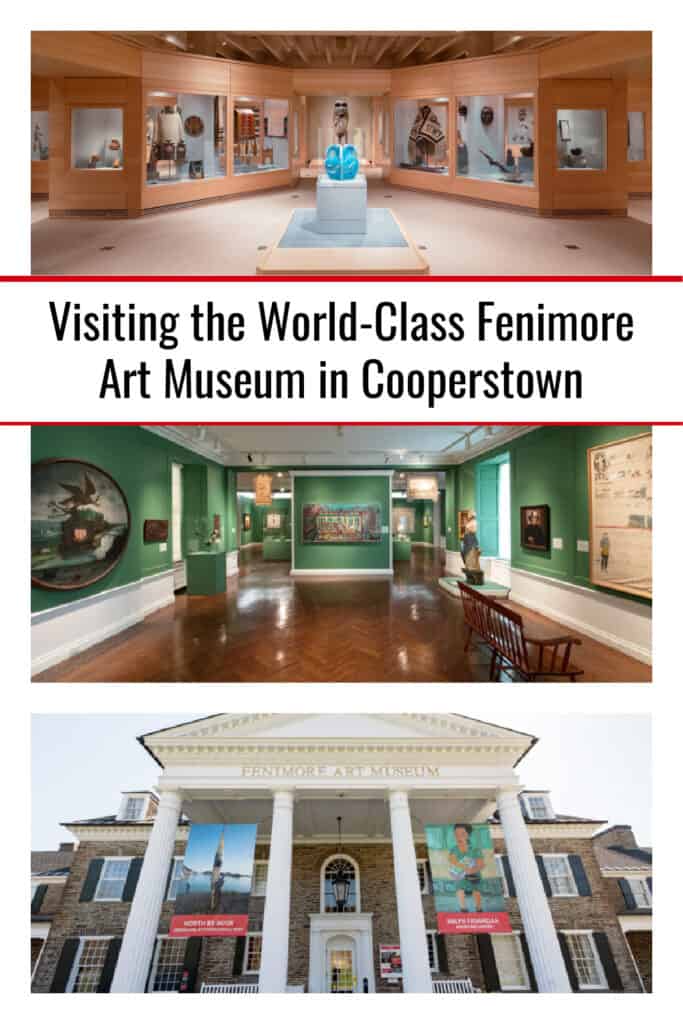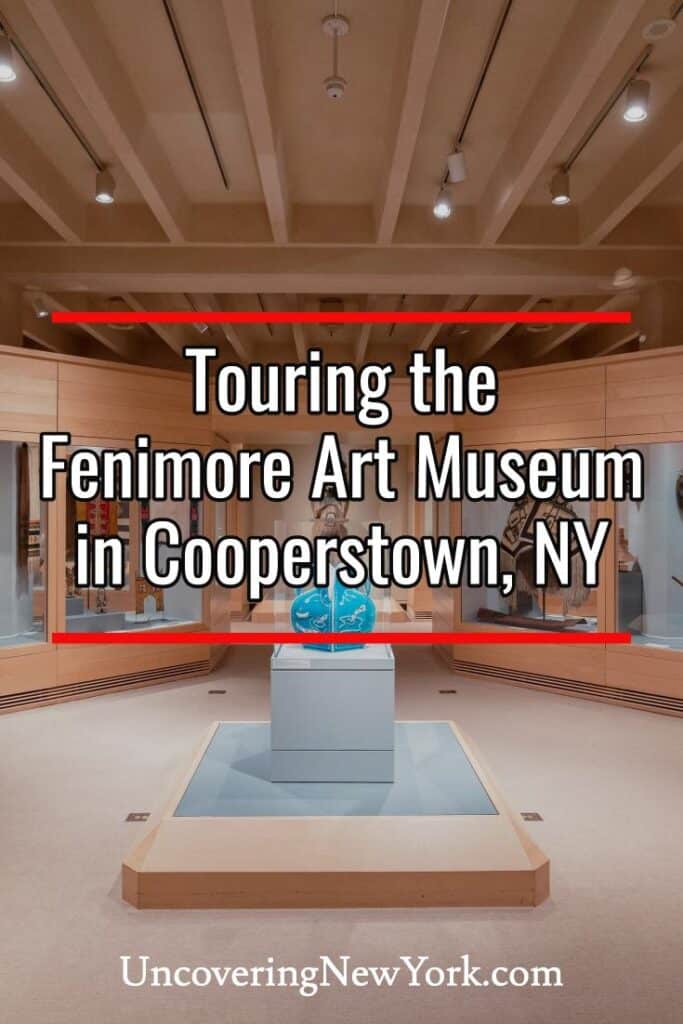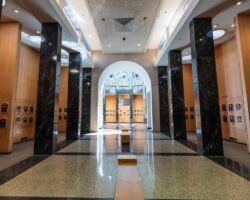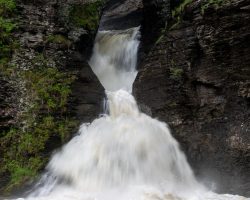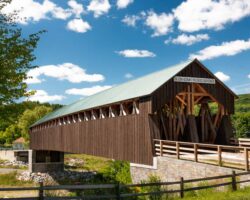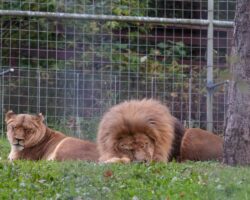Cooperstown, New York might be most famous today as the home of the National Baseball Hall of Fame. However, before baseball came to town, it was likely most well known as the home of James Fenimore Cooper, and the setting for many of his novels, including “The Last of the Mohicans”.
Today, a portion of Cooper’s land on the western shores of Otsego Lake has been turned into the fabulous Fenimore Art Museum.
The Fenimore Art Museum got its start in 1899 as the New York State Historical Association, and, in 1939, the association moved onto property once owned by the author about a mile outside of downtown Cooperstown. From these humble beginnings, the Fenimore Art Museum was born, expanding into one of the finest collections of American art in the entire country.
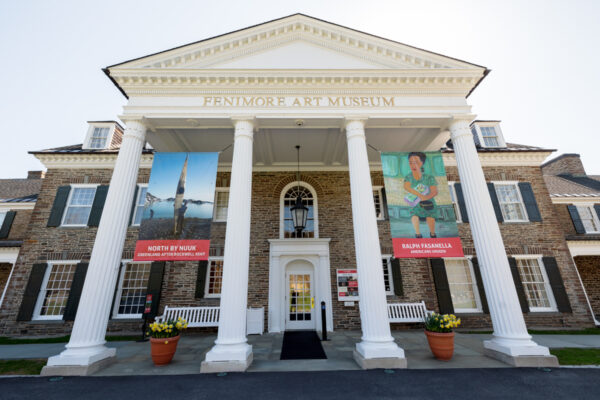
Wanting to check out their collection, I visited on a sunny but blustery spring day, which was a perfect time to visit the light-filled space.
The Fenimore Museum features fantastic collections of primarily American folk art, Native American art, and photography, which can be viewed on the three floors of exhibit spaces.
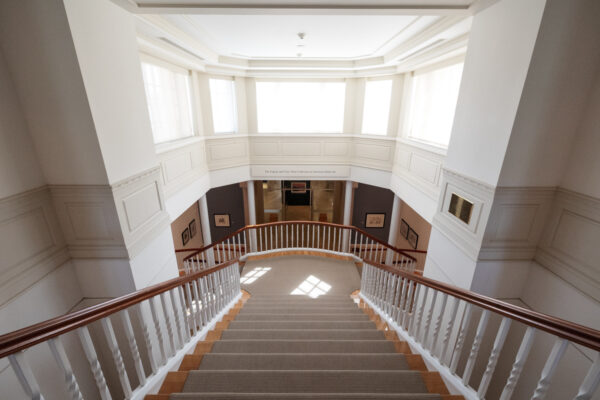
During my visit, the first gallery that I visited, however, was the Cooper Gallery, which is dedicated to the Cooper family including William Cooper (the founder of Cooperstown) and his son, author James Fenimore Cooper. This is the only gallery in the space that is more about information and history than art.
This gallery features items owned by the Cooper family during the early days of the town’s development. There is also an interesting panel that showcases places around Otsego Lake that were settings in James Fenimore Cooper’s stories as well as paintings that were inspired by his books.
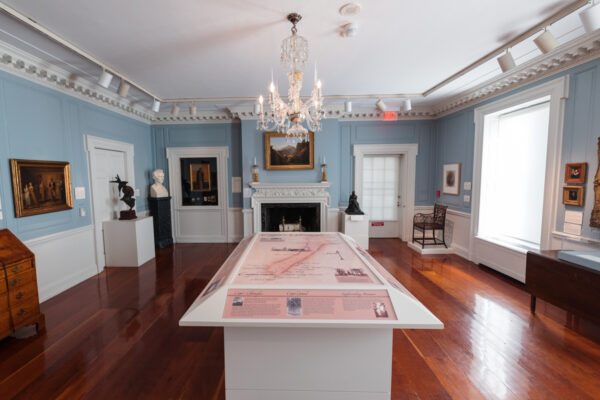
The museum is likely best known for having possibly the best collection of American folk art in the world. This portion of the collection is spread throughout the museum, but many of the best pieces are located in the Main Gallery on the first floor.
What I enjoyed most was not only the quality of the pieces in this portion of the museum but also the incredible variety. In fact, there are likely to be a few pieces in this collection that speak to just about anyone, no matter what type of art you are interested in.
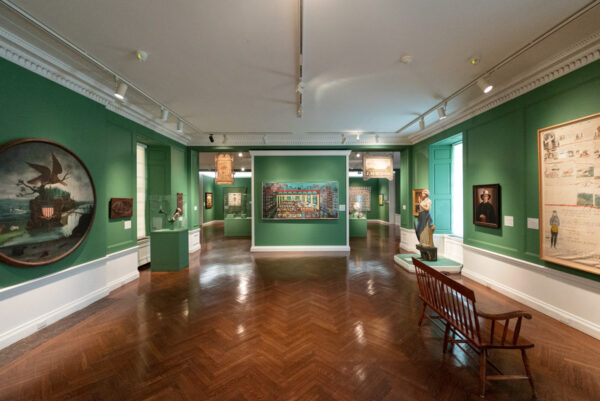
In addition to folk art, the Fenimore Art Museum is also well known for its incredible collection of Native American art. These pieces can be found in a large gallery on the lower level of the museum, right next to one of the museum’s excellent temporary exhibition areas.
Known as the Thaw Collection of Native American Art, these pieces were donated to the museum in 1991 by Clare and Eugene Thaw. The collection is organized by region of the country and shows the incredible breadth of Native American art that can be found throughout North America.
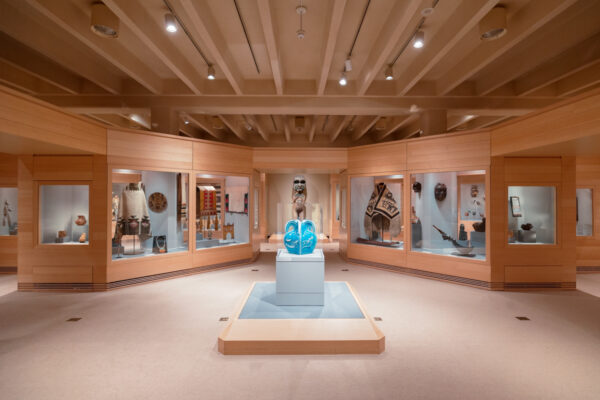
Interestingly, many of the pieces here weren’t designed specifically as art, but rather as clothing, ritual objects, or even for everyday use. However, when combined together, they really do an excellent job telling about the history and culture of Native Americans and are all very artistic.
Walking through this gallery really offers you a great look into how different native cultures lived within their environments. I’d even go so far as to say the collection here is just as good (though not quite as big) as what you’ll find at the National Museum of the American Indian in New York City.
The rest of the Fenimore Art Museum is filled with fantastic collections of art, including several temporary exhibition spaces. I was really impressed with the quality of these exhibitions, even those that featured only local artists, and there was definitely a lot of great art to see in these spaces.
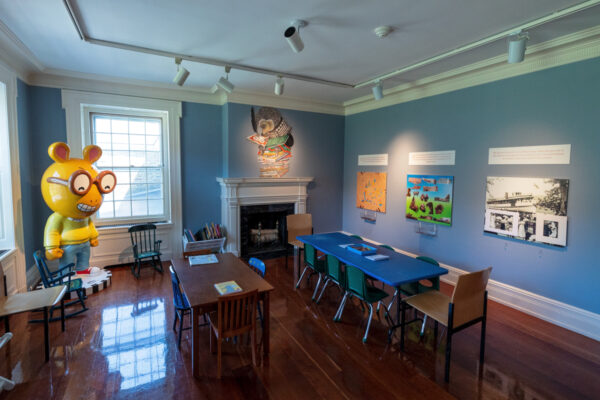
The second floor of the museum also features a neat education room, which is designed for kids to learn about art. This definitely looked like a fun space, and I’m sure my kids would have enjoyed it had they been with me when I visited.
In addition to the beautiful items on display, the Fenimore Art Museum also features beauty outside thanks to its location on the western shores of Otsego Lake.
While the lake can be seen from several spaces in the museum, including their cafe (which is open for lunch on days that the museum is operating), I definitely recommend walking down to the lake shore for a closer look at the view here.
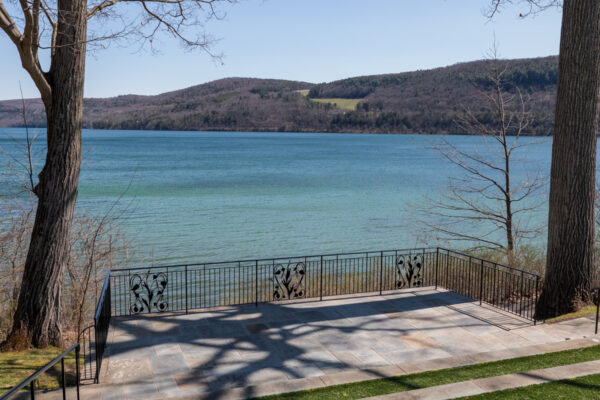
Near the water, you’ll also find several outdoor sculptures and a recreated Native American building, which add some additional interest to this area.
Overall, the Fenimore Art Museum is a fantastic spot to check out and is one of the best small-town art museums I’ve visited in New York. And, while the National Baseball Hall of Fame is going to always be the biggest draw to Cooperstown, the Fenimore Art Museum definitely deserves a place on your itinerary as well.
Even better, combine a visit to the Fenimore with a visit to The Farmers’ Museum, which is located almost directly across the street, and save a bit of money by buying a combo ticket for both museums.
Looking for more places to visit nearby? Check out Hyde Hall Covered Bridge, the Owen D. Young Nature Trail, and the Northeast Classic Car Museum.

